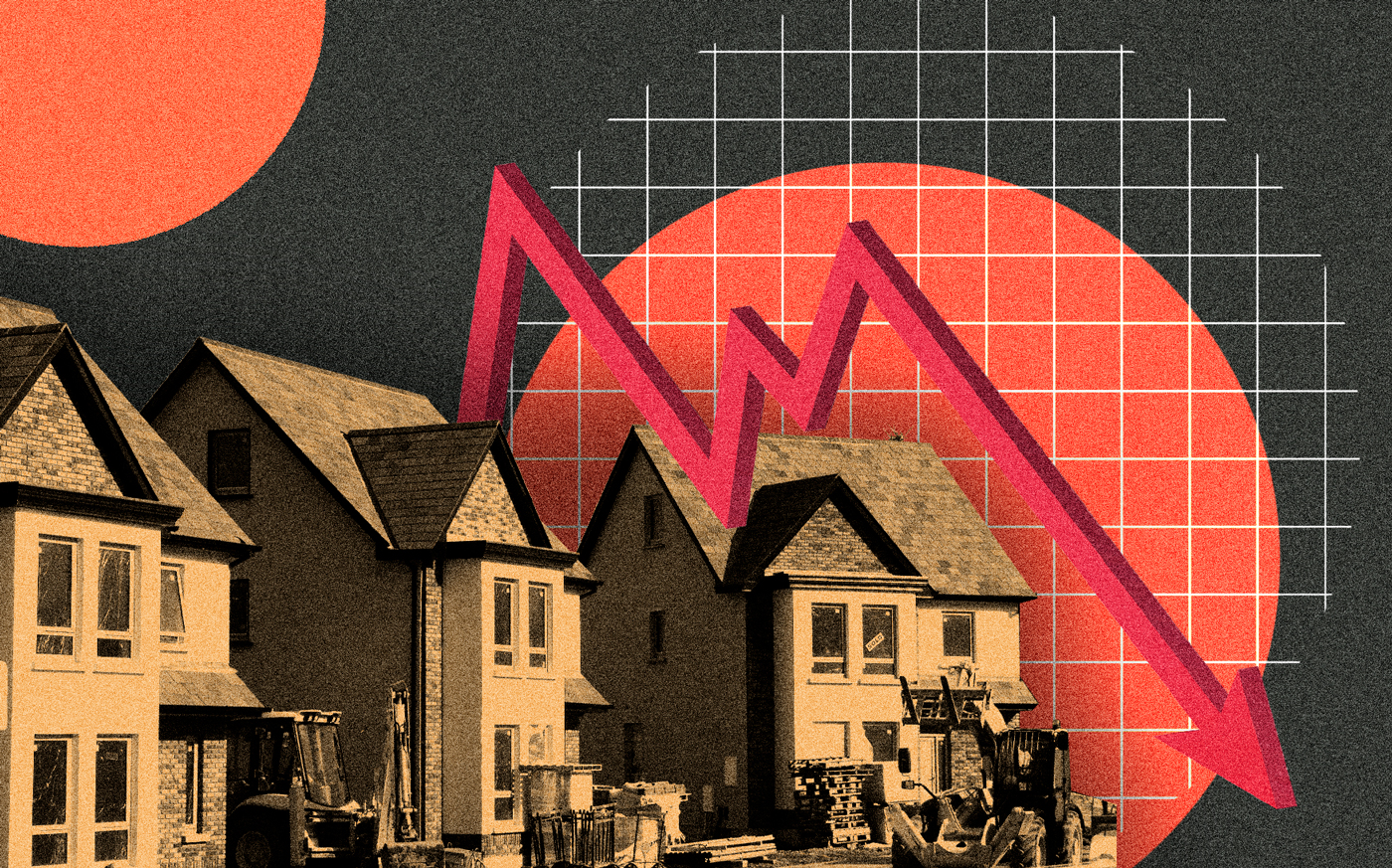Chicago-area real estate brokerages are defying expectations by retaining membership at a higher rate than anticipated amid a housing market slowdown.
While a handful of agents are leaving the business due to market challenges like high interest rates and low inventory, the dropoff has been surprisingly minimal, Crain’s reported.
Mainstreet Organization of Realtors, which is especially active in Chicago’s suburbs, budgeted for a 94 percent retention in 2023 year-end membership, considering the cooling housing market, CEO John Gormley said. But as of Jan. 12, MORE’s retention rate stood at almost 98 percent, surpassing projections.
The slight drop in membership aligns with trends at the city, state and national levels. Chicago-area home sales declined 13 percent year-over-year in November and 34 percent from the post-pandemic peak in 2021.
Associations like MORE and the Chicago Association of Realtors anticipated a dip in membership as the market dealt with Federal Reserve interest rate hikes and subdued sales.
“Our membership numbers trend with the Chicago real estate market,” Michelle Mills Clement, CEO of the Chicago Association of Realtors, told the outlet. The association “expected and planned for this decrease in membership.”
The unexpected resilience in retention rates for MORE could be attributed to a change in market sentiment between July, when the outlook seemed bleak, and December, when agents had to decide on renewing their memberships. Some agents might have opted to stay due to an improved outlook for the market in 2024 as interest rates taper off.
MORE has 18,969 members, down from 19,393 a year ago. While the Chicago Association of Realtors experienced a 3.1 percent loss in membership in 2023, both associations still have more members than in 2020, before the pandemic-era housing boom, the outlet reported.
On a broader scale, the Illinois Association of Realtors lost about 2.4 percent of its members in 2023, which was a smaller decline than states like California and New Jersey. The national association’s membership fell by 1.67 percent to 1.55 million last year, marking the first decline since 2012.
—Quinn Donoghue
Read more



